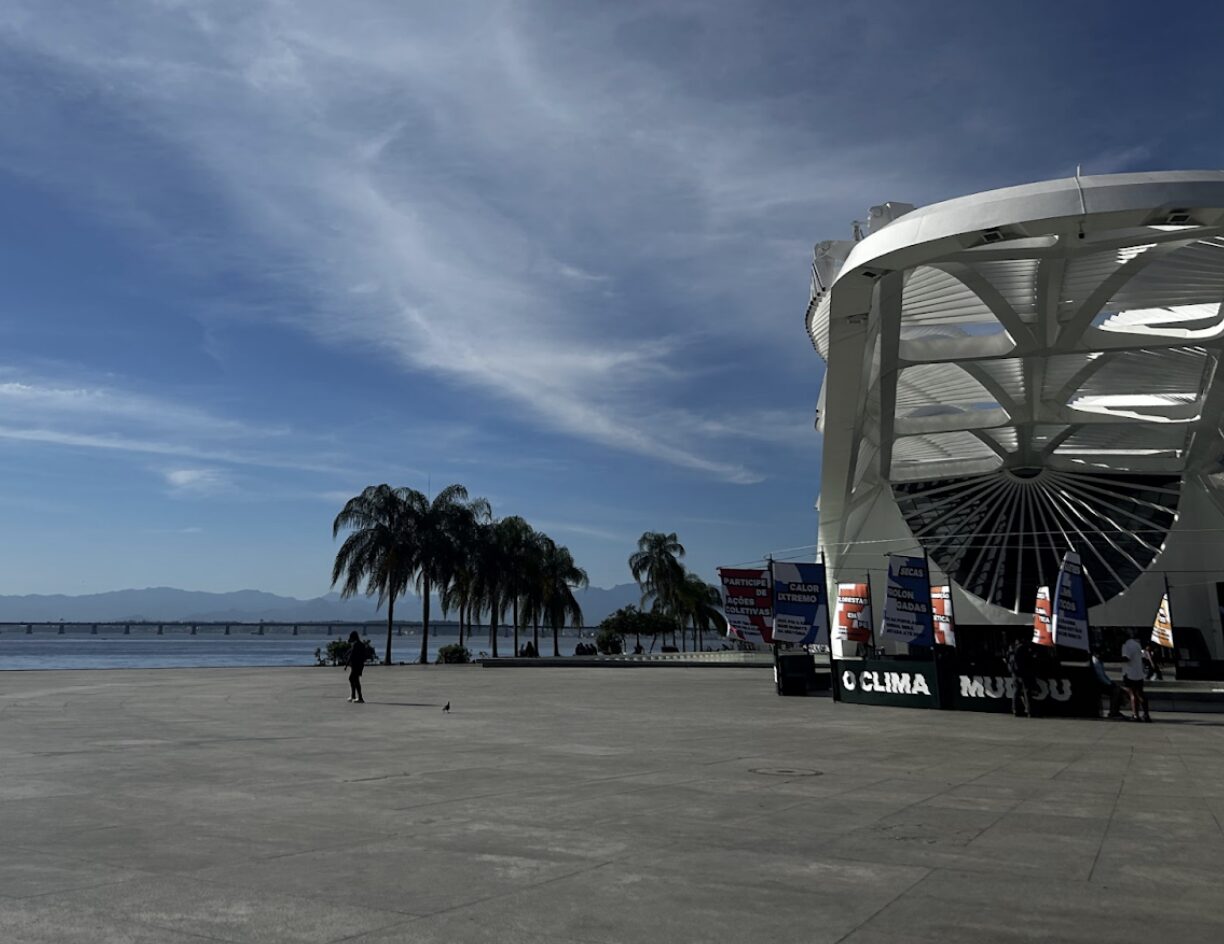You may or may not know that this day, Nov. 10, 2025, marks the beginning of COP30, a two-week-long conference centered on solutions to climate change. More than 100 delegations and dozens of heads of state from all over the world will be discussing and negotiating goals, treaties, and mechanisms to reduce climate change effects, such as decreasing greenhouse gas emissions.
But what exactly is COP30, and why is it important?
The Conference of the Parties to the United Nations Framework Convention on Climate Change, as it is formally called, is holding its 30th edition in Belém, the Brazilian state capital in the heart of the Amazon rainforest, from Nov. 10 to Nov. 21.
This particular COP marks 10 years since the signing of the Paris Agreement, in which all signatory countries vowed to keep the increase in global average temperatures to less than 1.5°C above preindustrial levels. However, it also marks the first conference since the news in 2024 that the world had already passed this threshold of heating, a “limit long considered vital to avoid the worst impacts of climate change,” according to Amnesty International.
Some countries, most notably the United States, are not sending any high-level delegates to the conference, showing a sharp change in their urgency regarding the climate crisis. Yet the Brazilian government maintains its optimism, according to CNN Brasil.
COP30 is especially symbolic to Brazilians as the first-ever climate conference in the Amazon, the world’s largest remaining tropical forest, the area of which mostly lies in Brazil. The forest is home not only to 40 million people, but also to 10% of known animal and plant species and 20% of the world’s freshwater discharge, according to World Wildlife Fund.
Beatriz Waehneldt, a student in an environmental journalism class at Pontifícia Universidade Católica do Rio de Janeiro, said it is very meaningful for COP30 to be hosted in Brazil.
“It’s an opportunity to bring sustainability to the center of public discussion in a nation blessed with immense natural wealth, and to amplify the voices of those most affected by climate change, like Indigenous people and ribeirinhos, who suffer from floods and garimpo [mining],” she said.
According to the conference’s website, it is estimated that 3,000 Indigenous people will be present in Belém during COP30, with 1,000 of them taking part in official negotiations.
António Guterres, the United Nations Secretary-General, said that Indigenous people must be reflected in politicians’ internal and external priorities.
“It is absolutely indispensable that a worldwide awareness is gained that Indigenous communities are our defenders of nature, they are our defenders of the planet,” Guterres said in an interview with Sumaúma, a Brazilian outlet.
Waehneldt said her professor, André Trigueiro, often reminds her class that “in a world marked by growing geopolitical imbalance and conflict, having COP30 in a ‘neutral’ country offers a chance for dialogue, collaboration, and hope.”
The first climate agreement ever reached was also created in Brazil; Rio-92, in 1992, was a major UN conference, but it didn’t have any goals or deadlines. Thirty-three years later, we are back in Brazil, and this time, even more prepared to bring promises out of paper and make decisions to face climate change head on.
You can follow along with Planet Forward on Instagram for more coverage of COP30.


